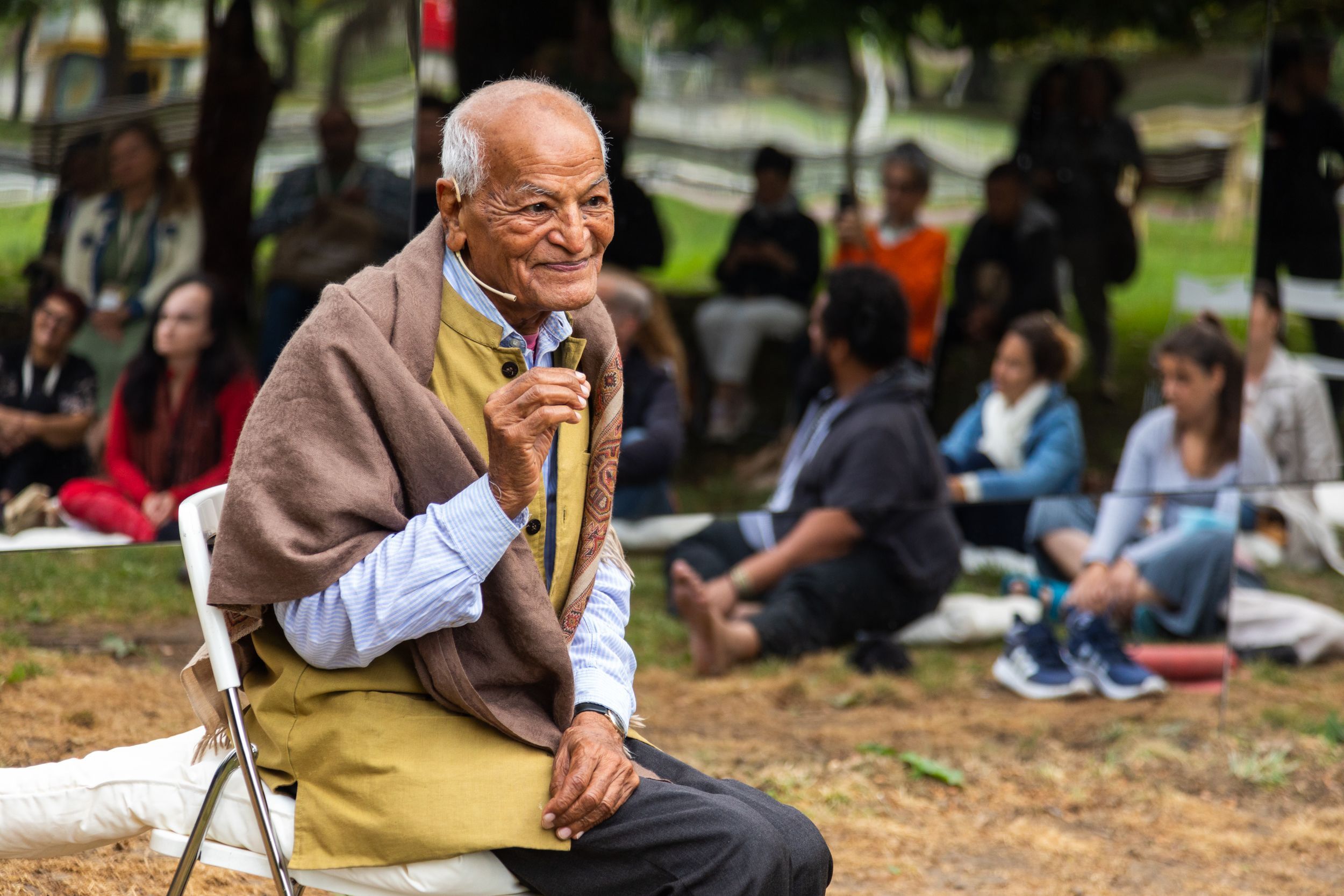Institute for Collective Wellbeing
Location: Madison, Wisconsin,
United States of America
Can you share the intention behind creating the Institute for Collective Wellbeing (ICW) and what communities the Institute serve?
The intention behind ICW is to reimagine the purpose of organizations, systems, and society in service of collective wellbeing. It can be hard to transform a system from the inside due to bureaucracy, a sense of inevitability or stuck mindsets, and strongly embedded power differentials. We dreamt of something bigger – something more expansive and more aligned with a sense of possibility. So we took a leap of faith to co-create ICW free from stories about what we need to do, or who we need to be, in order to find purpose and meaning in organizational life.
We’re on a journey to be a microcosm of the world we aspire to see. It is very hard work! Increasingly, we understand that a society that honors collective wellbeing is also one that has reverence for the unknown. Our research and programming engage stakeholders across nonprofit, government, private, academic, and community sectors, and we are pleased with how often participants identify common ground in our often deeply siloed world.
The common thread among communities we serve is a shared commitment to authentic, inclusive, and generative relationships that are at the heart of systems transformation.
The mental models of what it means to be a “successful” organization don’t always align neatly with our commitment to an emergent strategy and a deeply relational ethos, but we’re doing it anyway.












































